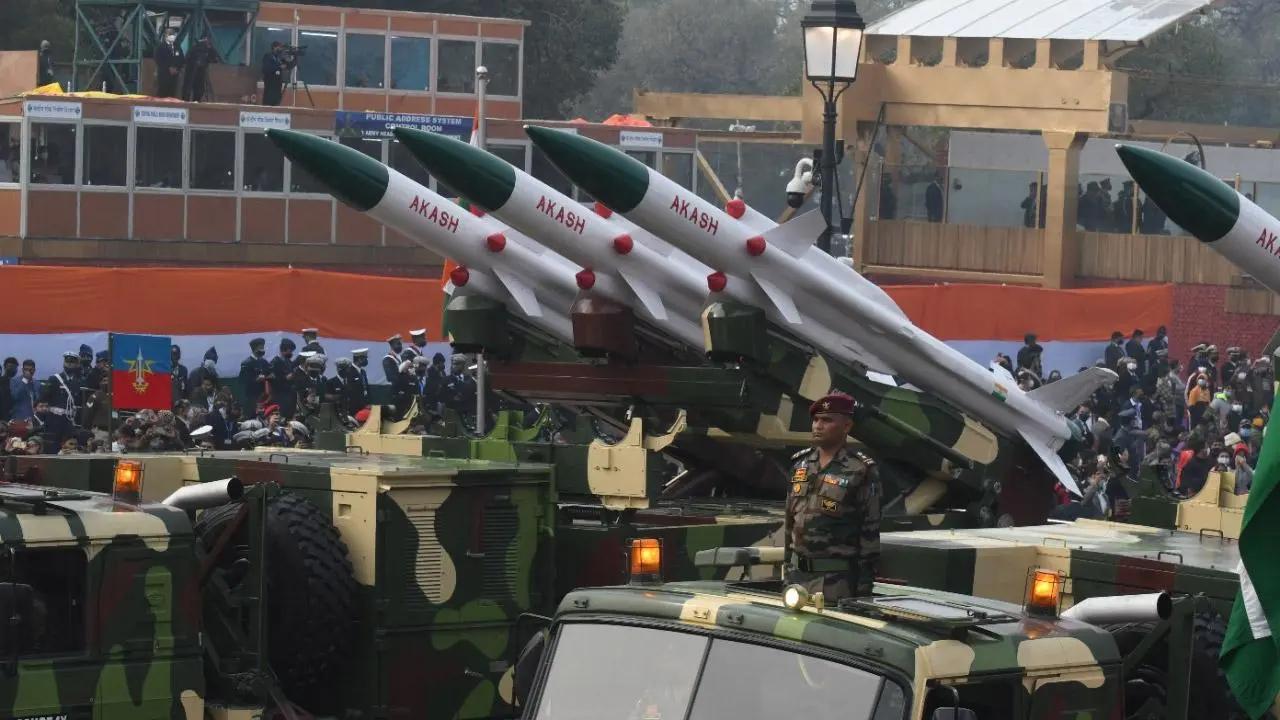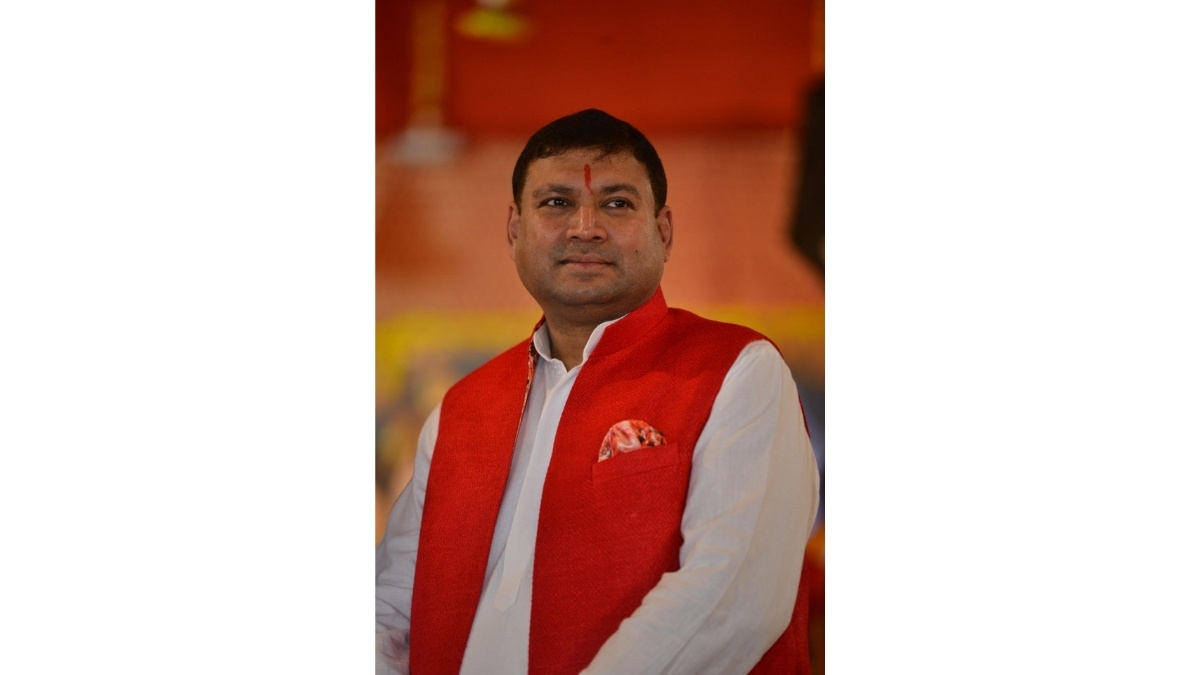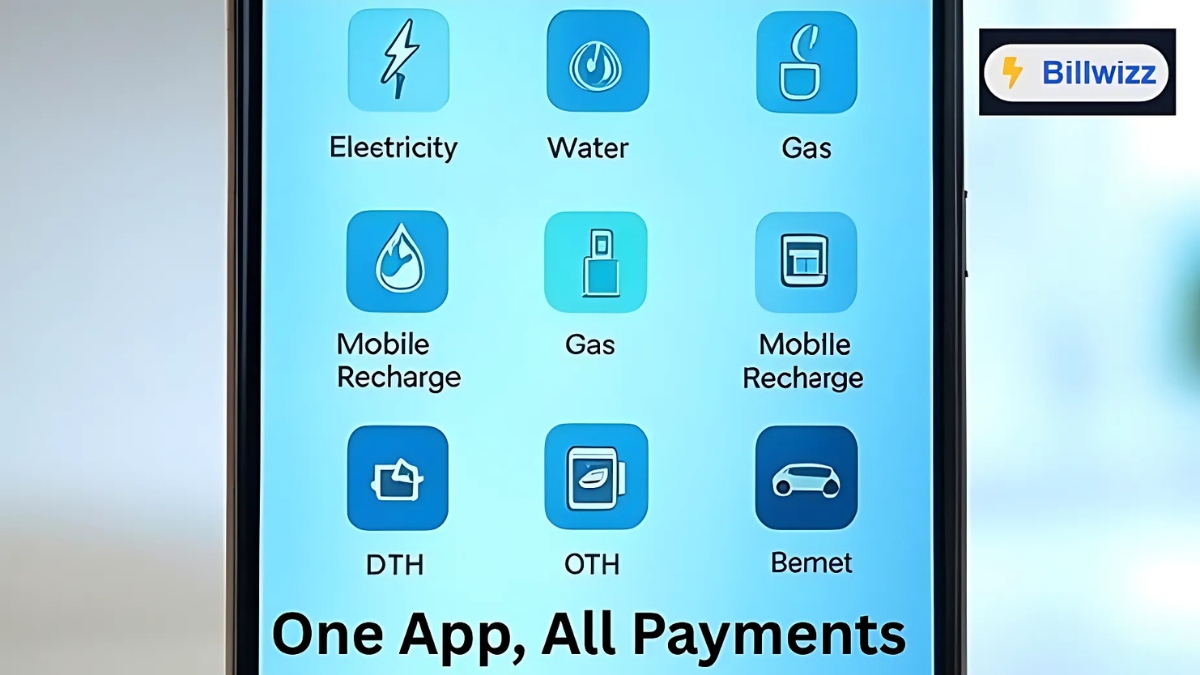Here`s why the national flag is unfurled and not hoisted on Republic Day

As India observes its 75th Republic Day today, the significance of this occasion lies in commemorating the day when the nation achieved purna-swaraj (total freedom) and officially became the Republic of India. Two years after gaining independence, the Constitution of India came into effect on this day.
The celebration of Republic Day is marked by military parades and vibrant tableaus depicting various states. The Army, Navy, and Air Force showcase stellar performances in honor of the occasion.
Notably, Republic Day ceremonies differ from Independence Day celebrations. On Republic Day, the national flag is unfurled instead of being hoisted, a distinction often used interchangeably but with different meanings.
During Independence Day on August 15, the Prime Minister hoists the flag at the Red Fort, symbolizing India`s triumph over colonial forces and the restoration of its identity. The flag is raised by attaching it to the bottom of the flagpole.
On Republic Day, the President unfurls the flag at the Kartavya Path, emphasizing the significance of the constitution. By the first Republic Day, India had already established itself as an independent nation. Hence, the President unfurls the flag, which is tied in a bundle atop the flagpole every year.
It`s worth noting that on the first anniversary of independence, India did not have a President. The Governor General of India, a position later abolished, was Lord Mountbatten. As a result, the responsibility of raising the flag on Republic Day was initially given to the Prime Minister for the first two years until the President assumed this role.

Atul Tiwari is a seasoned journalist at Mumbai Times, specializing in city news, culture, and human-interest stories. With a knack for uncovering compelling narratives, Atul brings Mumbai’s vibrant spirit to life through his writing.





